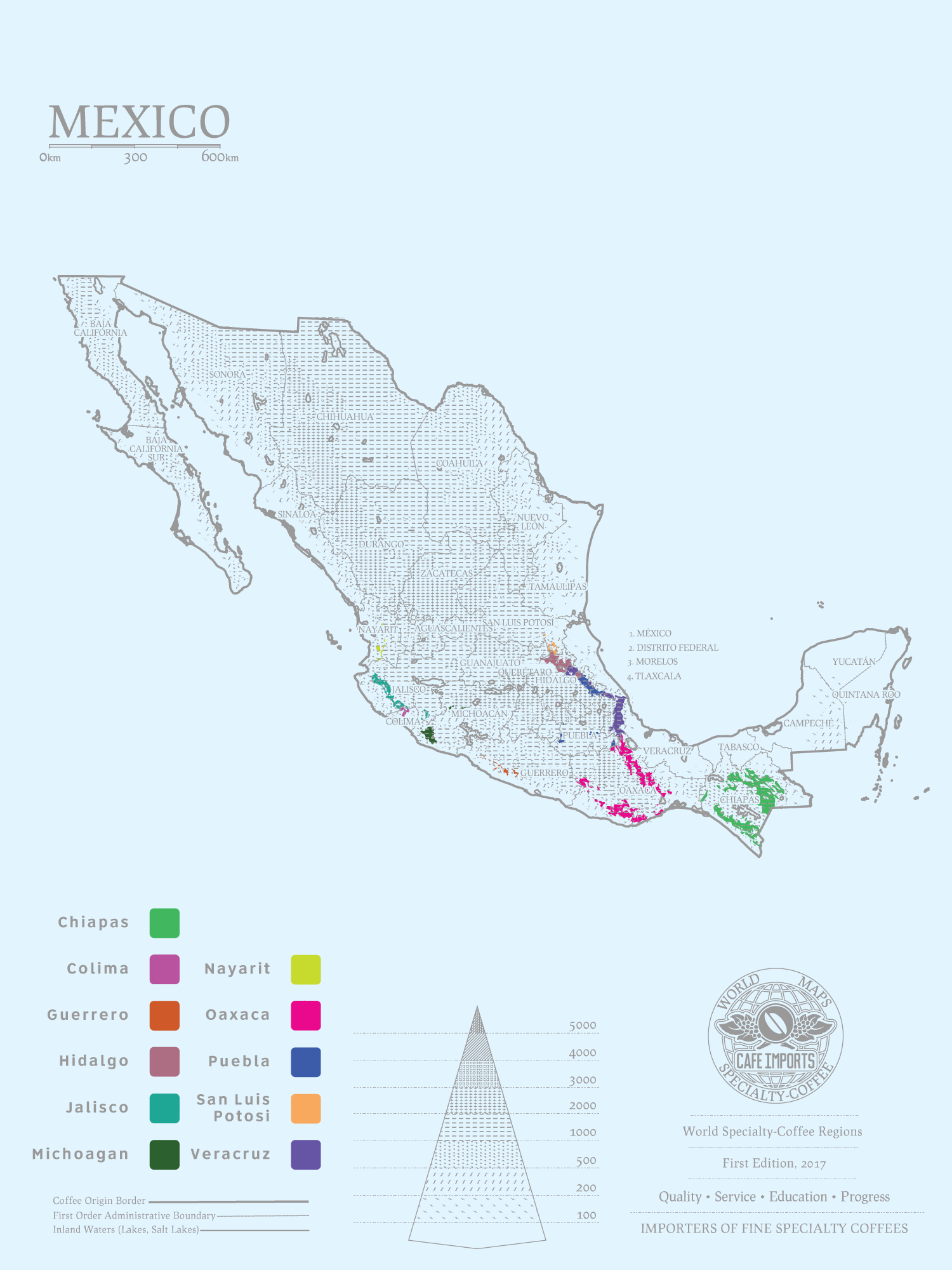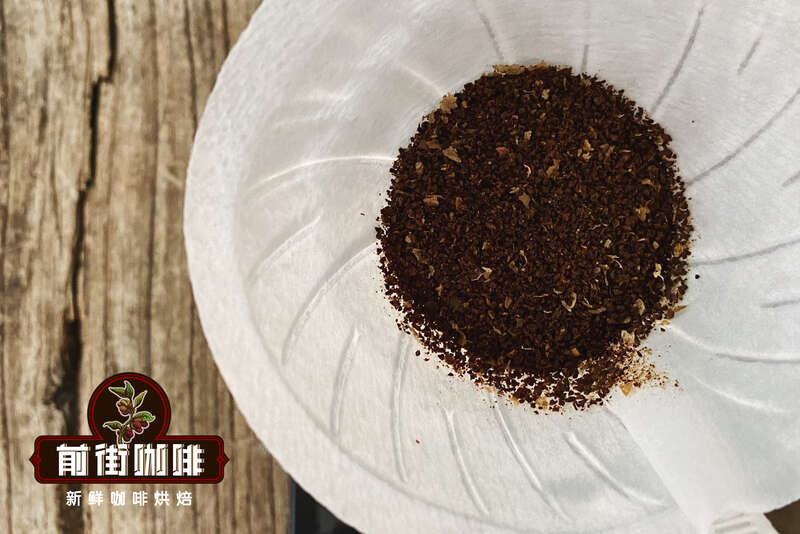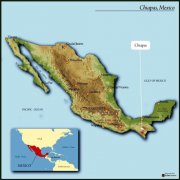Introduction to Mexican Coffee what are the main producing areas of Mexican coffee? How's the Mexican coffee?

Introduction to the History of Mexican Coffee
Like most of Central America, Mexico first grew coffee in the early colonial era (most likely in the late 18th century). Because people paid more attention to the rich mineral resources and mining in the region, coffee really developed into an industry, and small farmers did not grow coffee until after the Mexican Revolution in 1920.
At the end of the 20th century, the Mexican government established a national coffee institution called INMECAFE, which, like FNC of Colombia and ICAFE of Costa Rica, developed to provide technical assistance, botanical information and materials, and financial credit to producers. Unfortunately, INMECAFE was a brief experiment that was disbanded in 1989, leaving growers with a vacuum in terms of support and resources, especially in remote rural areas.
The disruption of infrastructure and the coffee crisis following the termination of the International Coffee Agreement have plunged Mexican coffee growers into a desperate financial period, which of course has had a significant impact on quality. Coffee producers in Mexico are also proponents of coffee certification, where fair trade and organic certification are quite common.
Main producing areas of coffee beans in Mexico
Chiapas Chiapas, Oaxaca Oaxaca, Puebla Puebla, Veracruz Veracruz.
Mexican coffee beans, lack of rich taste and texture, but have a sour taste similar to Guardia coffee, taste like thin pure white wine, and Sumatra's Mantenin just form two extremes. Generally speaking, the better washed Mexican beans come from the southeast, and the common producing names are Coatepec, Oaxaca, Chiapas and Tapachula.

Important Notice :
前街咖啡 FrontStreet Coffee has moved to new addredd:
FrontStreet Coffee Address: 315,Donghua East Road,GuangZhou
Tel:020 38364473
- Prev

Introduction and Flavor of El Salvador Tecapa-Chinameca and Cacahuatique Coffee producing areas
Tecapa-Chinameca Mountain Tecapa-Chinameca is the third largest coffee producing area in El Salvador, with an elevation of 500-2150 m, located between the city of San Miguel, the Lempa River and the Grande River, sloping to the north to the central valley and descending to the south to the coastal area. Coffee in this area is a tortilla made with salt, sugar or a little sugar.
- Next

Introduction and characteristics of Coffee producing area in Chiapas, Mexico
From the southern Mexican state of Chiapas, which borders Guatemala, many people compare the coffee in this area with that of Guatemala. This area has a mild climate, fertile land, very humid and tropical climate, and is very suitable for growing coffee beans. The Sierra Madre Mountains provide the elevations necessary for high-quality coffee production and beneficial volcanic soil.
Related
- Beginners will see the "Coffee pull flower" guide!
- What is the difference between ice blog purified milk and ordinary milk coffee?
- Why is the Philippines the largest producer of crops in Liberia?
- For coffee extraction, should the fine powder be retained?
- How does extracted espresso fill pressed powder? How much strength does it take to press the powder?
- How to make jasmine cold extract coffee? Is the jasmine + latte good?
- Will this little toy really make the coffee taste better? How does Lily Drip affect coffee extraction?
- Will the action of slapping the filter cup also affect coffee extraction?
- What's the difference between powder-to-water ratio and powder-to-liquid ratio?
- What is the Ethiopian local species? What does it have to do with Heirloom native species?

